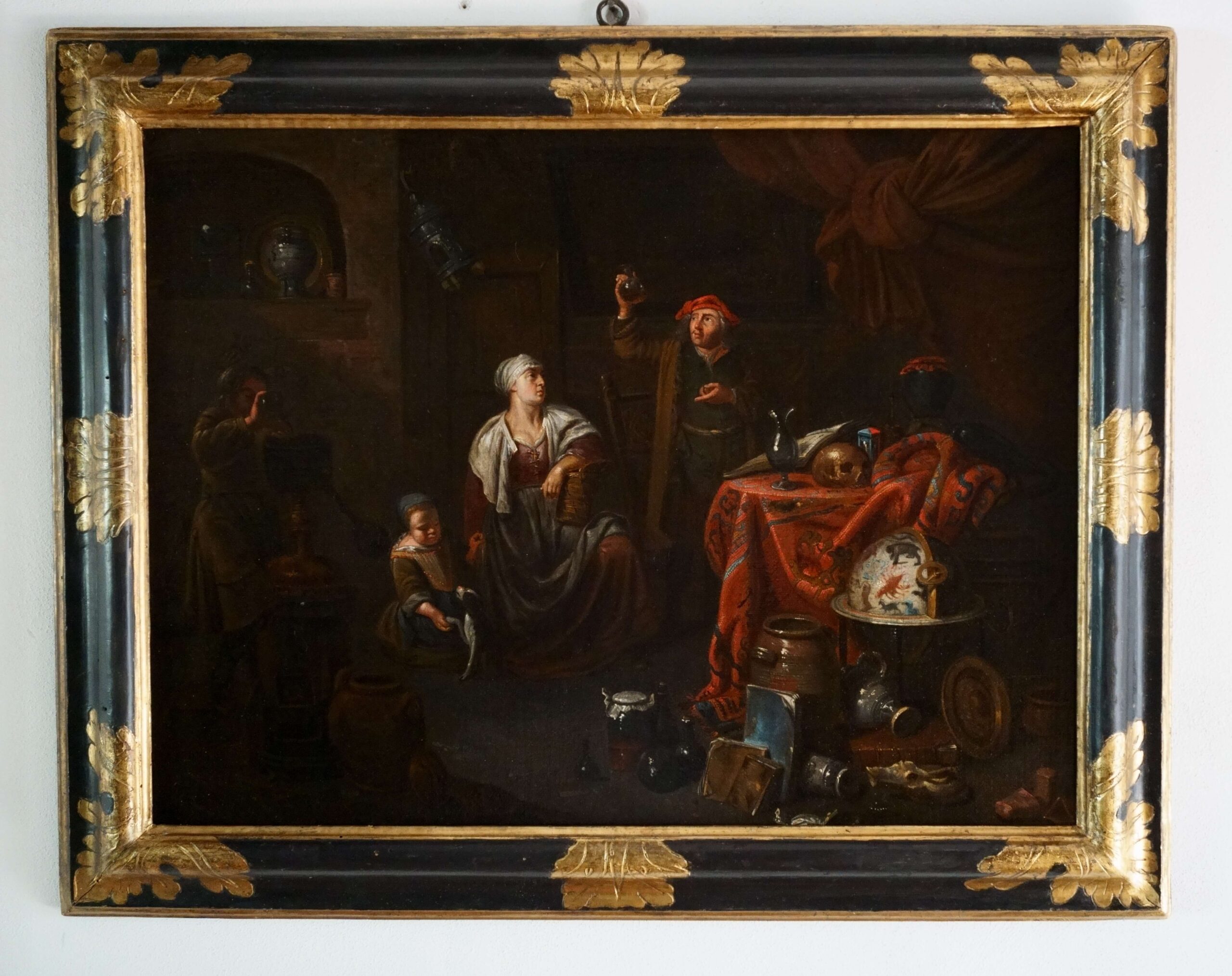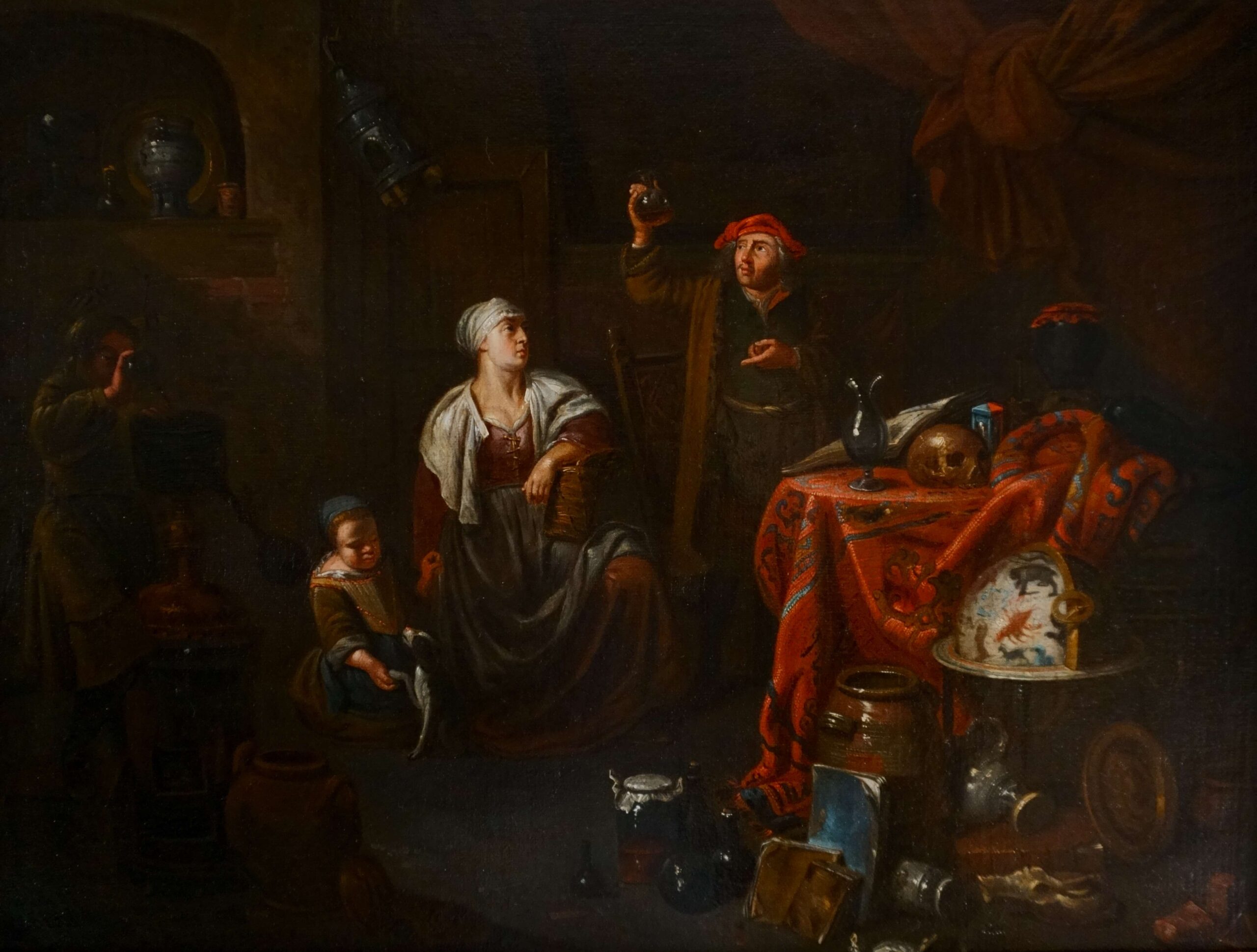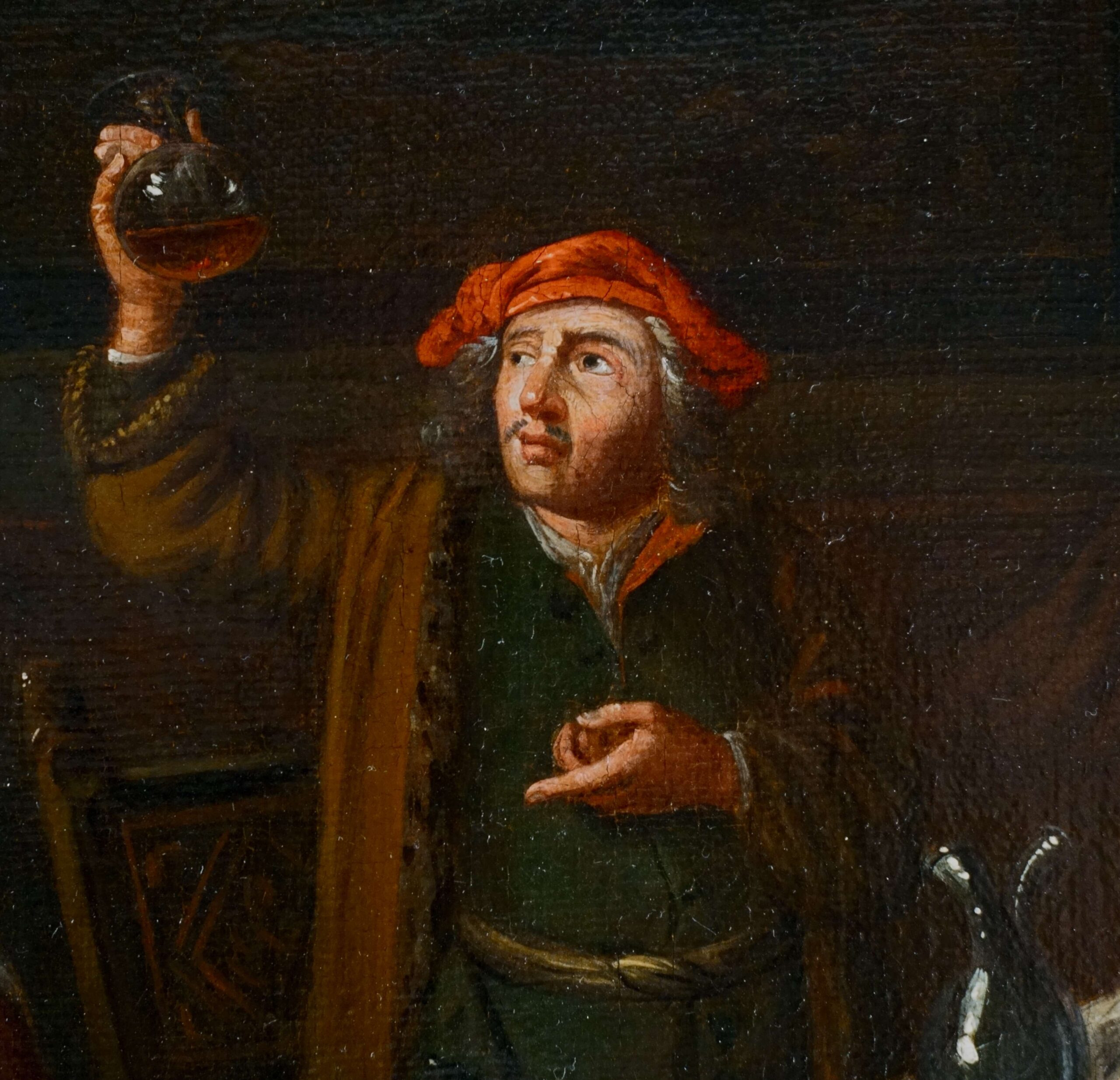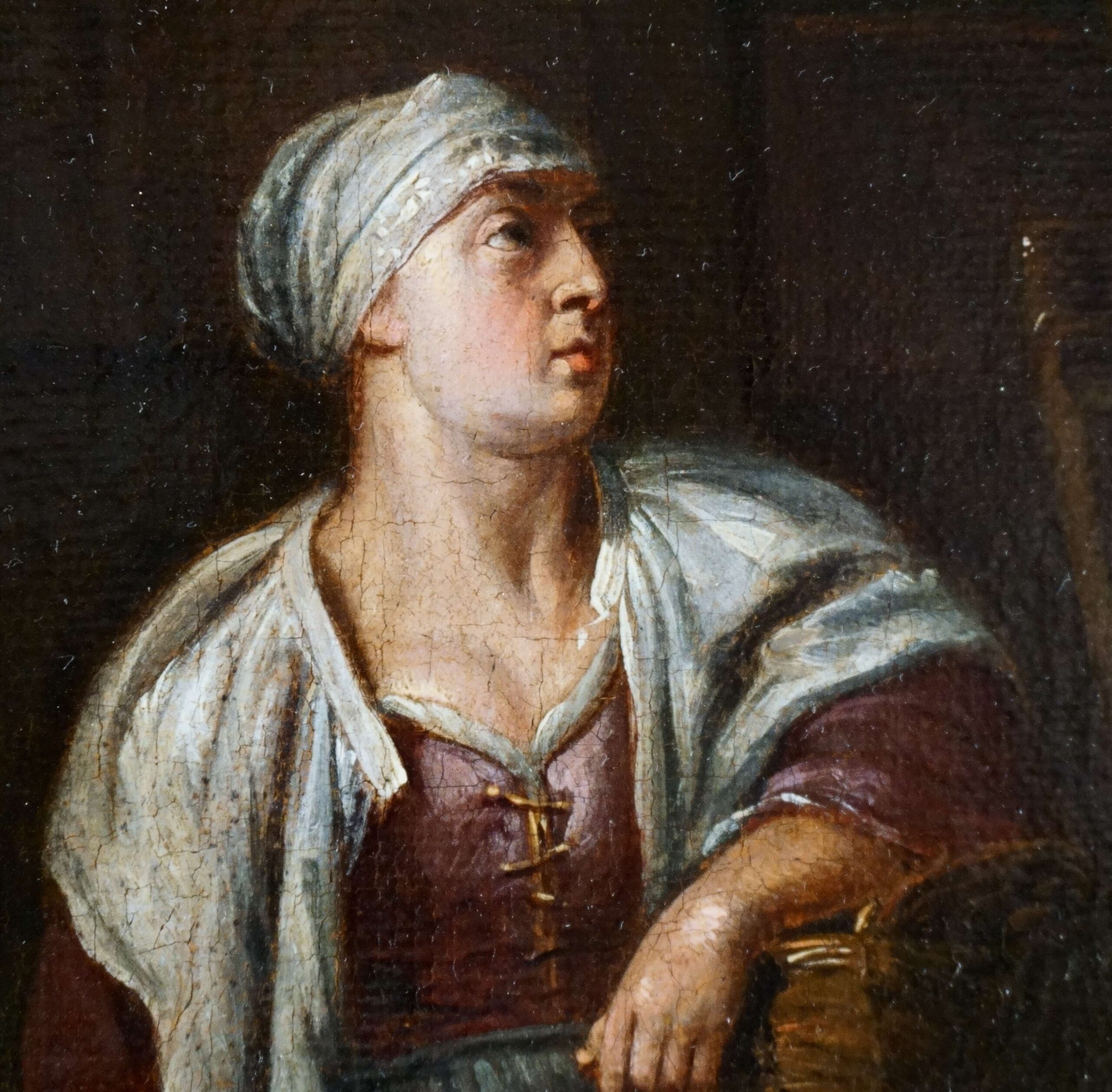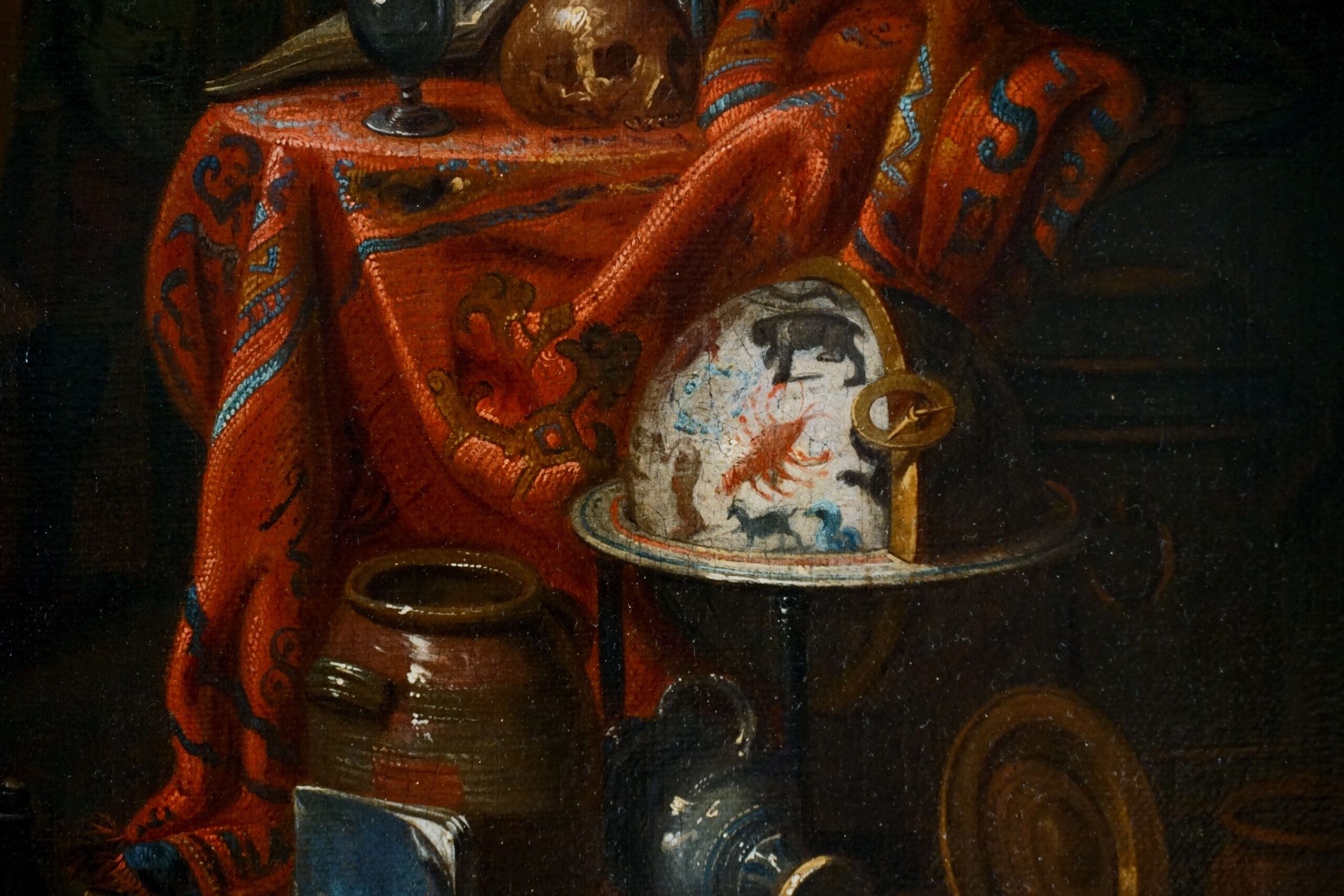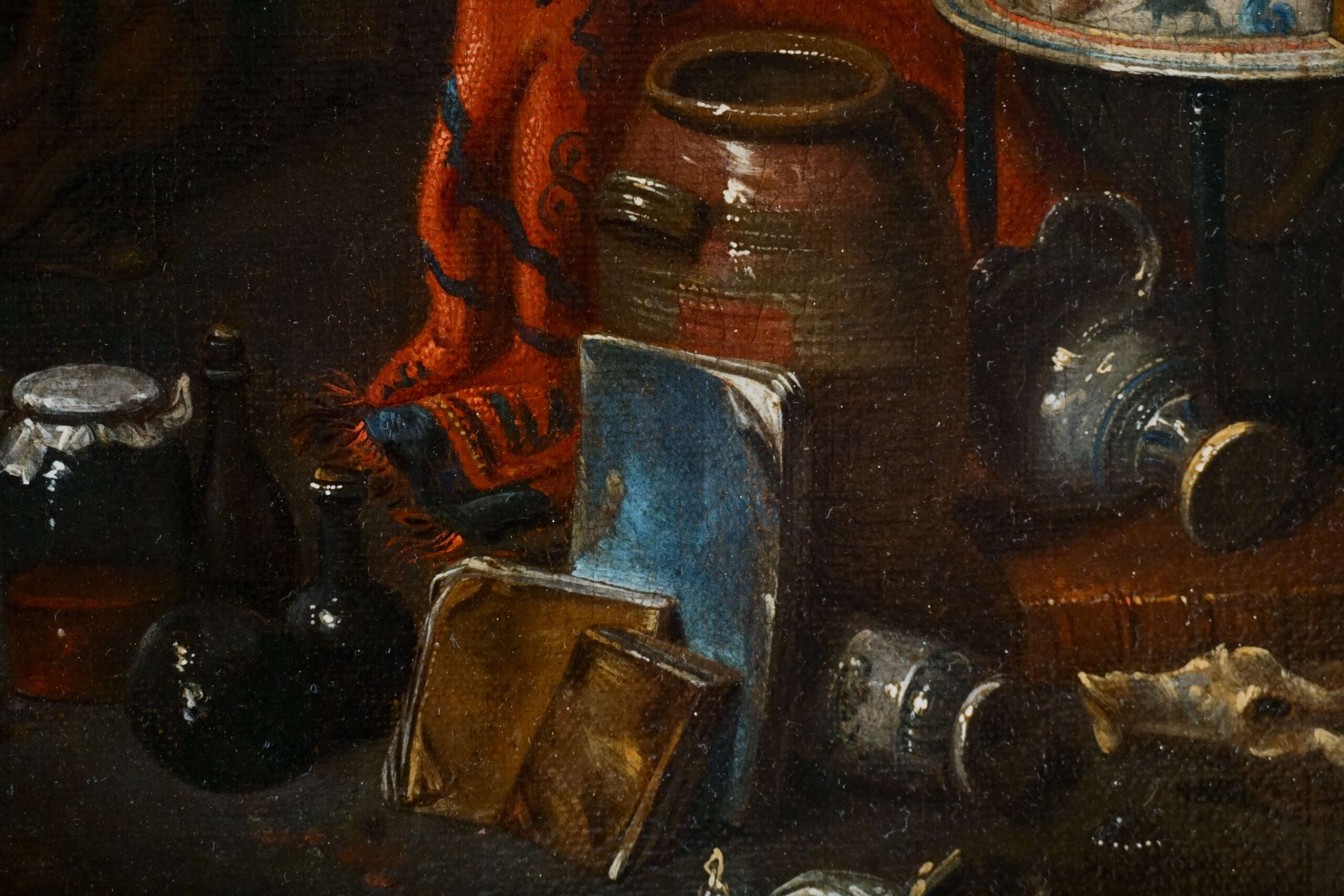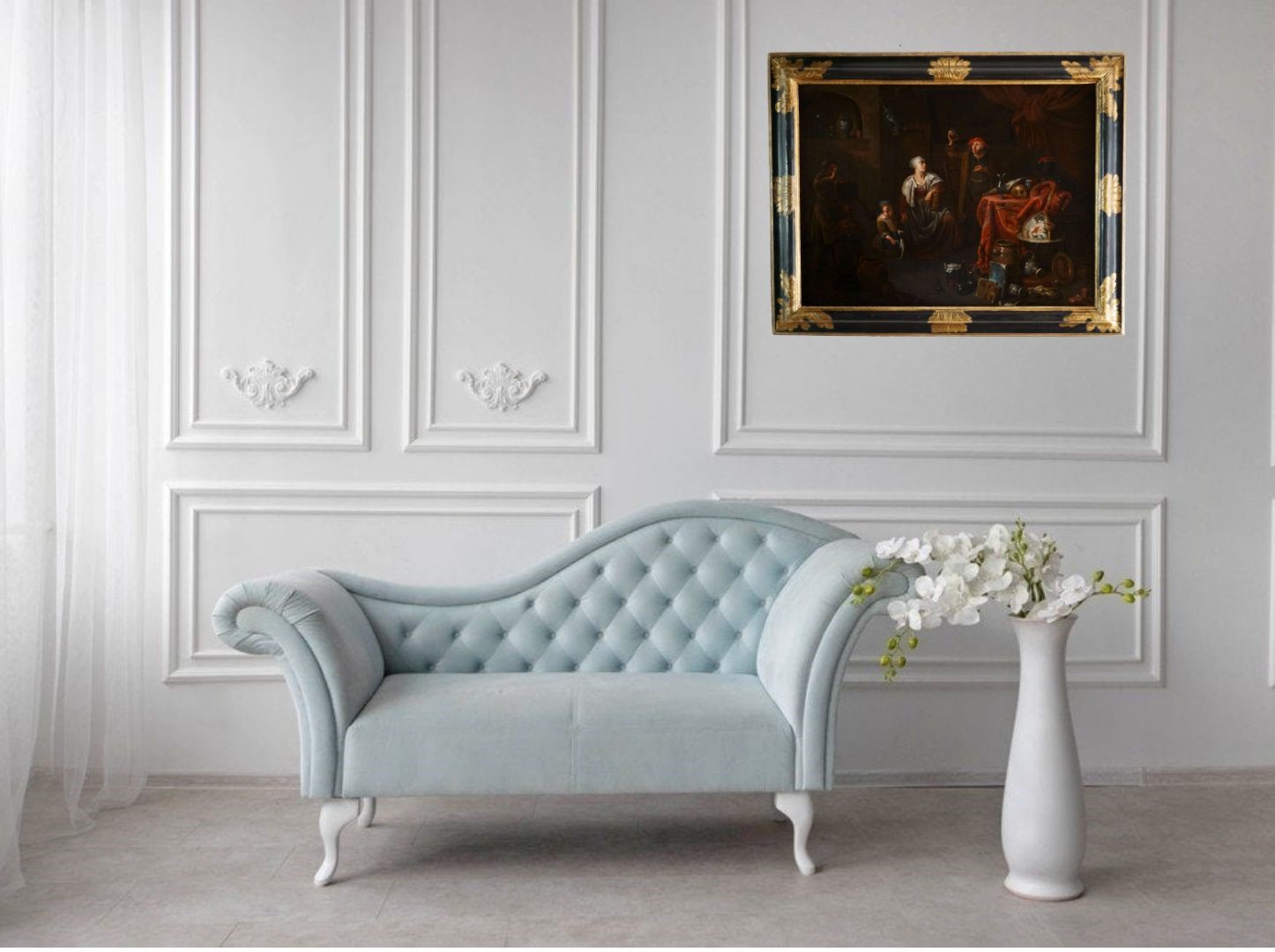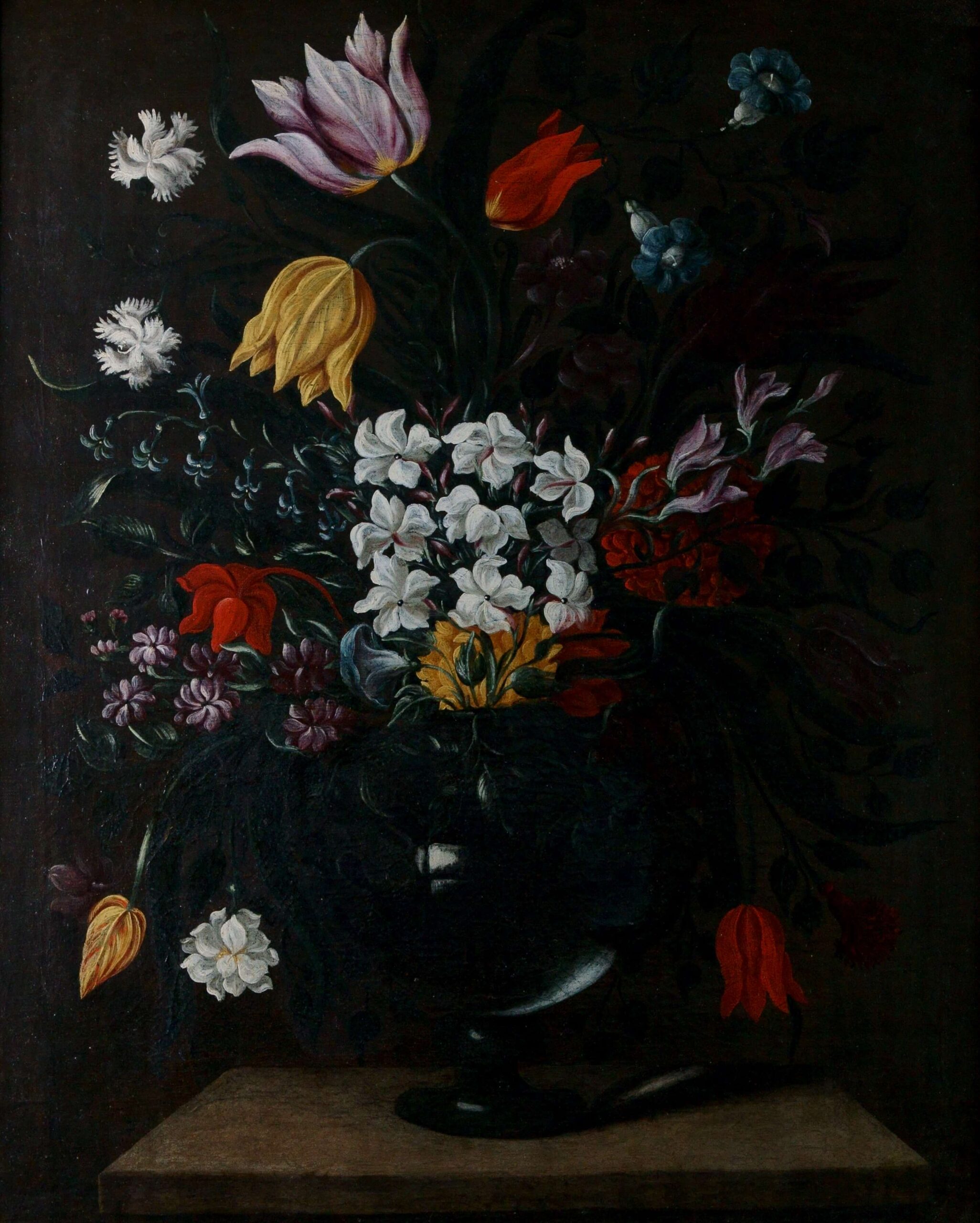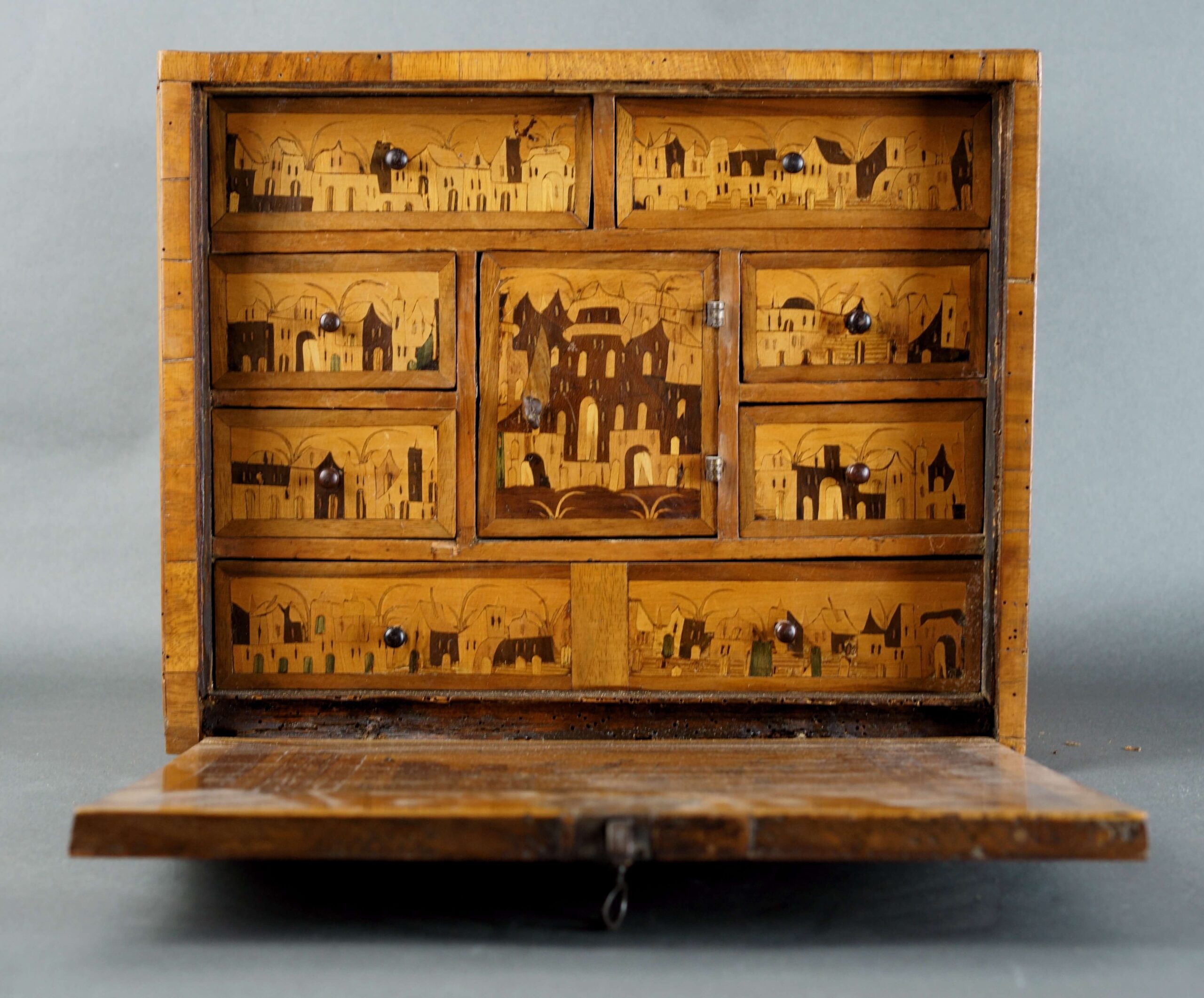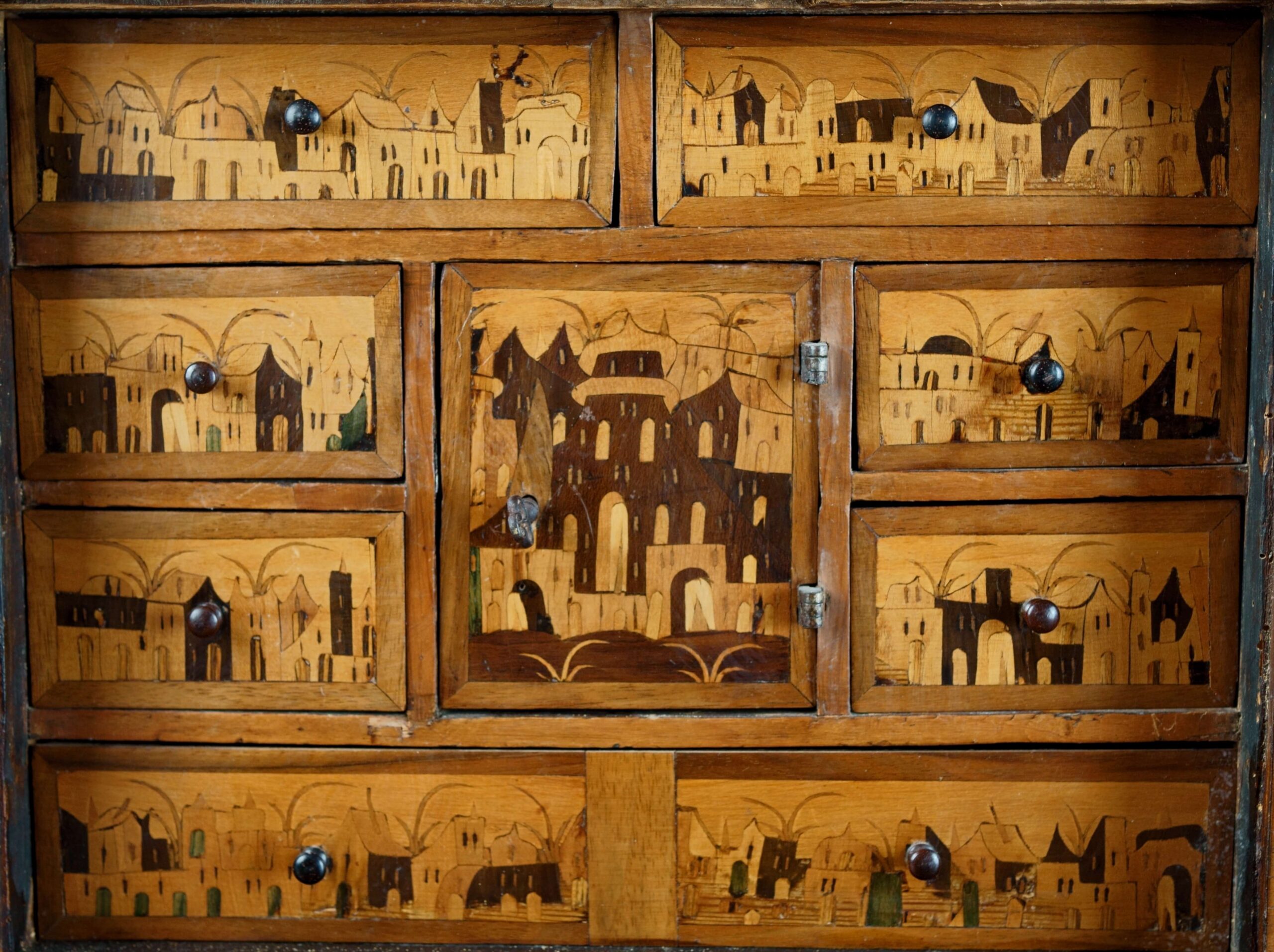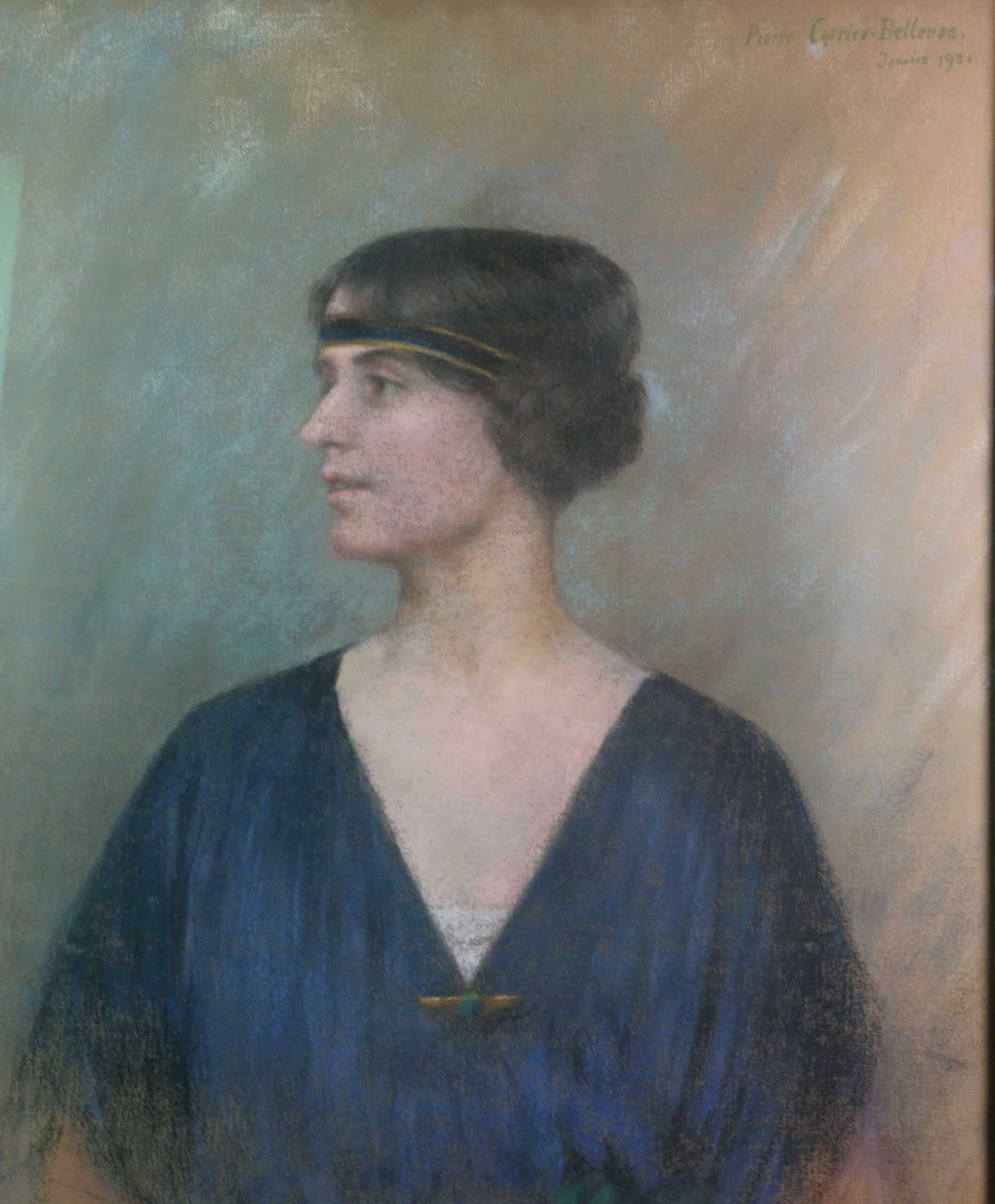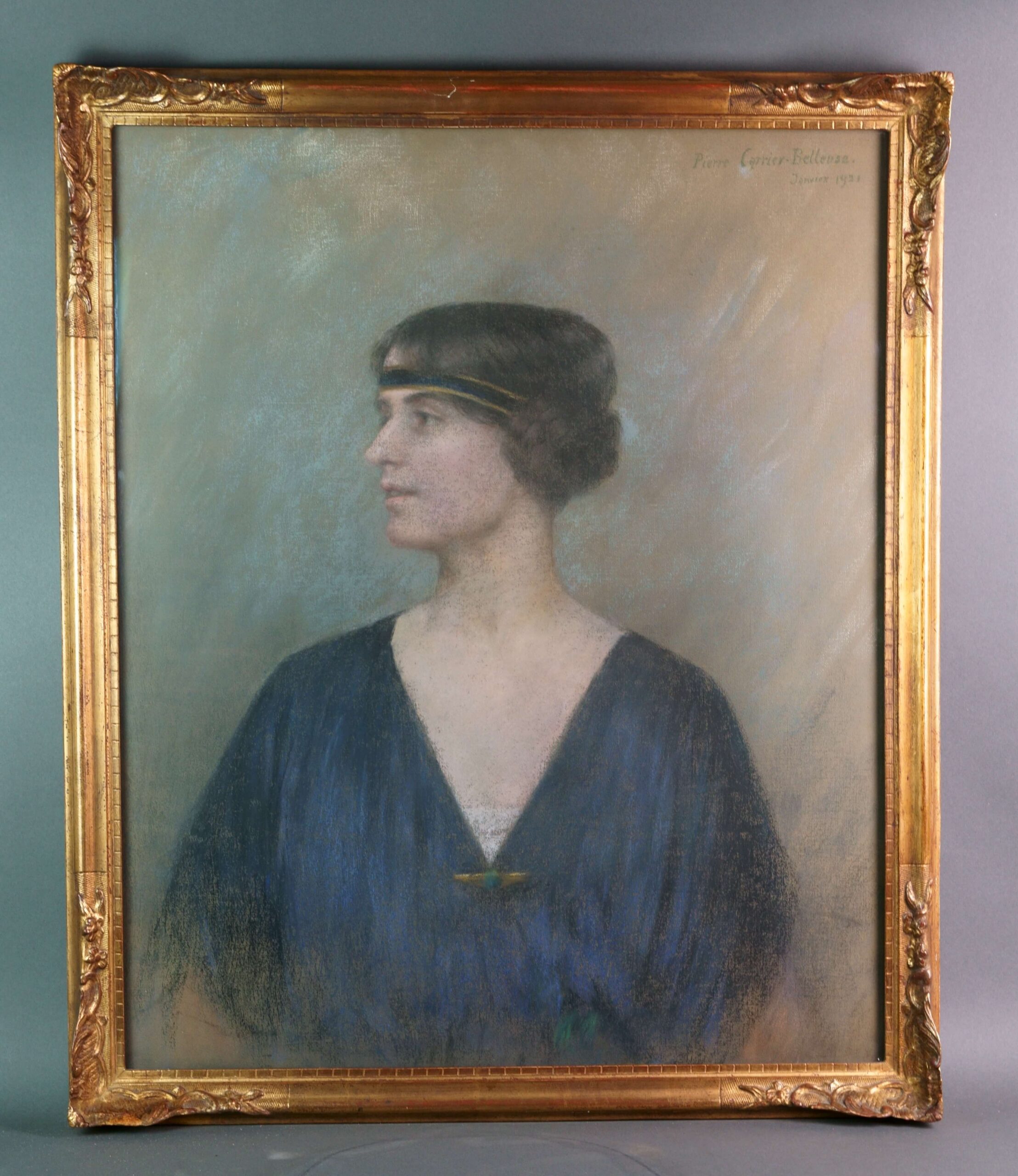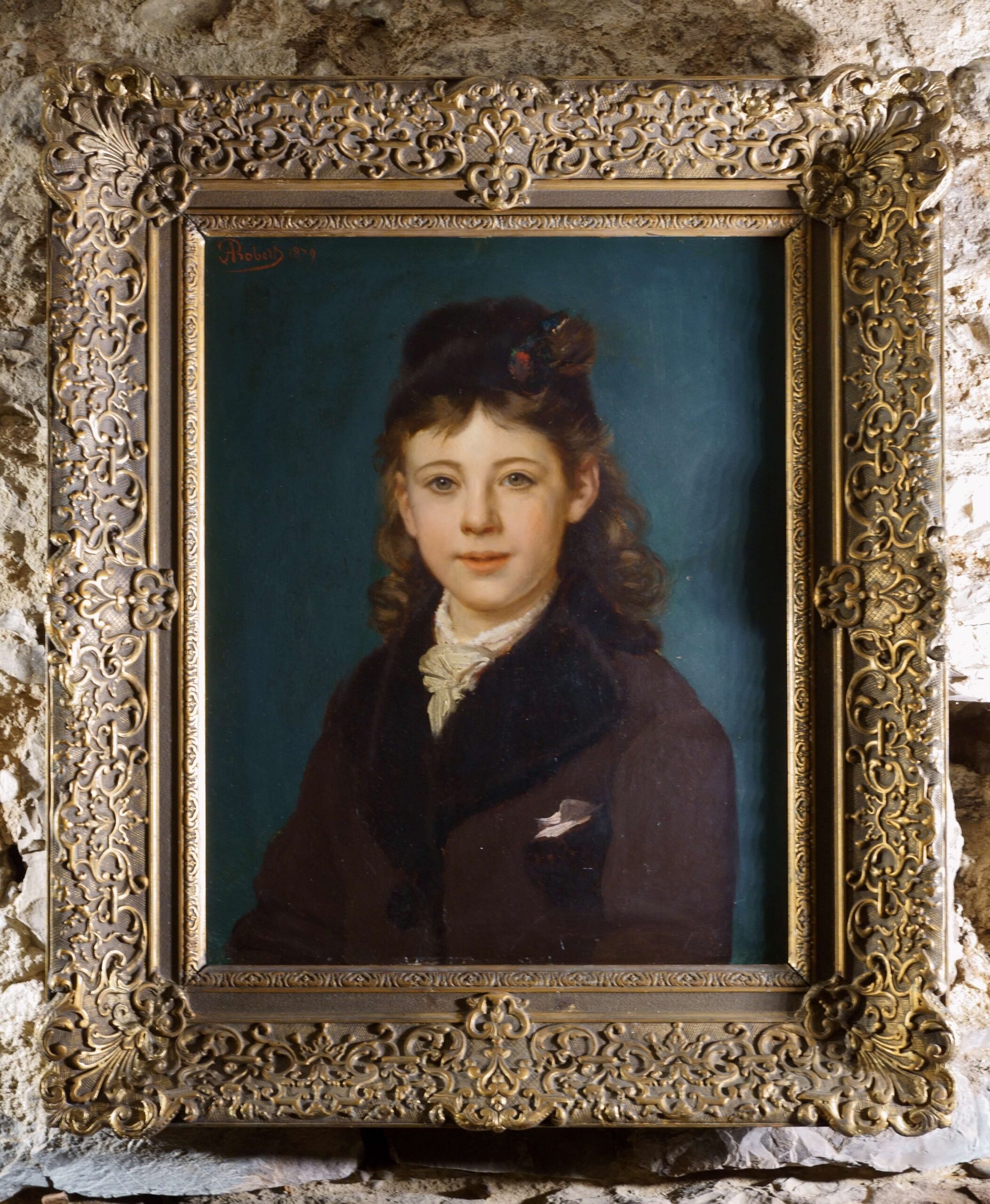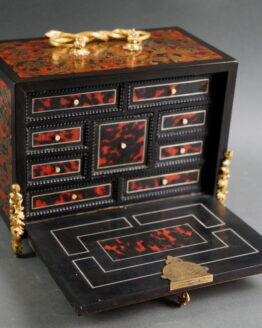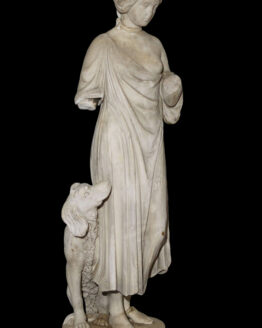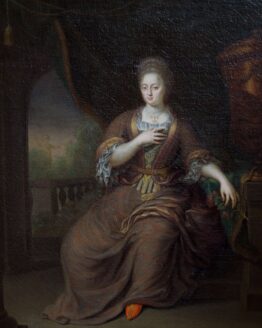Gerard Thomas
(Antwerp 1663-1720)
Doctor’s study
Gerard Thomas is a Flemish late Baroque painter. He was born in Antwerp in 1663 and began his apprenticeship at a very young age with Godfried Maes in 1680. He was elected a member of the Guild of Saint Luke in 1688, where he was originally to continue in the tradition of David Rijckaert III, painting genre scenes inside and of which he will be dean from 1695 to 1707. He also studies as an alchemist, and this interest will inspire him to carry out some of his most remarkable works.
Influenced by Adrien Brouwer (1605-1638), David Ryckart (1612-1661) and David Tenier the Younger (1610-1690), Thomas painted interior scenes, taverns, alchemists’ laboratories, healers’ studios and charlatans but also painting and sculpture workshops. While his predecessors preferred more or less close-up shots, in order to favor figures rather than environments, Thomas distanced the point of view by attaching great importance to the environment and especially to the very numerous objects it contained, paintings of a great wealth of detail, from the inevitable precious globe, almost his signature, to the common broom, from enamelled terracotta vases to glass bulbs, from stills to old volumes bound in parchment, passing through utensils and the most varied containers of daily use. The effects of light on different materials have been studied, glass, copper, silver, pewter…
His subjects were often misinterpreted, simplified by the reductive name of “charlatan” or “alchemist”. In reality, his paintings often use real clinics in which the doctor, with apprentices and helpers, practiced his trade, depicted with great realism and precision.
It is no coincidence that some of his paintings are part of the collection of Sir Henry Wellcome (1853-1936), British pharmaceutical magnate and founder of the Wellcome Foundation, passionate collector of objects related to the sciences of medicine, as well as art and healing. over the centuries.
Our paint precisely belongs to the medical trend. Many elements lead us to think that it is actually a pregnancy test: in the center of the scene, we see a doctor, anxious to observe in transparency the liquid contained in a glass ampoule. Beside him, a woman, accompanied by her daughter, waits impatiently for the answer.
The painting is accompanied by the expertise of the art historian prof. Massimo Pirondini, expert in 17th and 18th century painting. In an 18th italian gilt and lacquered wood frame.
Measures
canvas cm 65 x 48.5
frame cm 76.5 x 61


